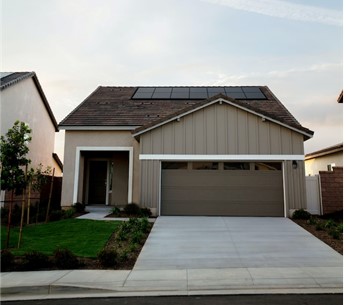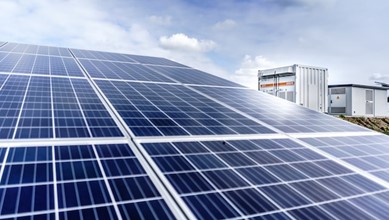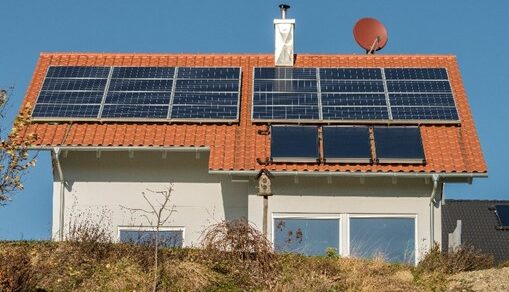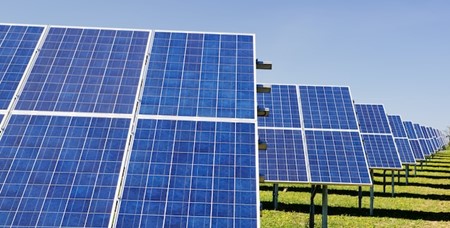With more investment and awareness of renewable energy sources such as solar power, it has become far more accessible and cost-effective to add as a home improvement or included in building planning and construction. So, what is the best way to prepare a home to go solar?
USA Clean Energy Association explains that the most efficient way to make sure a home can harness solar power effectively is to factor this into its construction plans. This ensures that the roof has enough space for, and can hold enough solar panels. The orientation of the roof can also be calibrated to make sure that the panels capture as much sunlight as possible.
The following post discusses solar-ready homes, the benefits of converting to solar energy, and why it is being implemented into new-build housing.
What a Solar-Ready Home Needs
A house or building project that is being made solar-ready has to consider the following requirements:
• Enough Space for a PV System
200 square feet of roof space should be marked out in the plans for solar panels. This area shouldn’t be obstructed or overshadowed, so care should be taken to make sure other roof objects, such as chimneys and dormers, don’t block the light.
• The Right Positioning
To make the best use of any available sunlight, solar panels should ideally be installed to be South-facing. A roof pitch between 30 and 45 degrees will also assist in capturing power.
• A Robust Roof
Solar panels add additional weight onto a roof and as a result the rest of the structure. Care should be taken that the roof is designed to bear the extra load.
• Solar-Ready Electric
To make sure the home can utilize solar energy, a conduit is required between the solar panels and the electrical panel inside the house. The home’s electrical panel should also be compatible with a PV (photovoltaic) system and there should be enough space left nearby to install PV inverters and any other necessary equipment.

Why Solar Energy is a Quality Investment
Harnessing solar power not only helps the environment by providing a clean source of energy, but it is also a cost-saving investment.
A household generating their own solar power can cut down on energy bills and has access to a backup energy source should the grid suffer a power outage. They can also earn money by selling excess power back to the energy company.
Setting up a PV system used to be a costly venture. However, advancements in technology over the last decade have led to a drop in the price of solar panels by 60%.
Why New-Builds are Solar-Ready
There are a whole host of benefits as a result of installing solar panels for both homebuilders and potential buyers.
Not only is it significantly cheaper to install solar panels when a home is being newly built, but it also adds value to the property. Homebuyers are much more likely to pay a higher price for a home that is solar-ready than one that is not due to the reduced bills and investment value.
Builders can also be incentivized through initiatives in certain states if renewable energy is factored into the construction of their homes. It also makes their homes more saleable compared to competitors without the option for solar panel installation.



